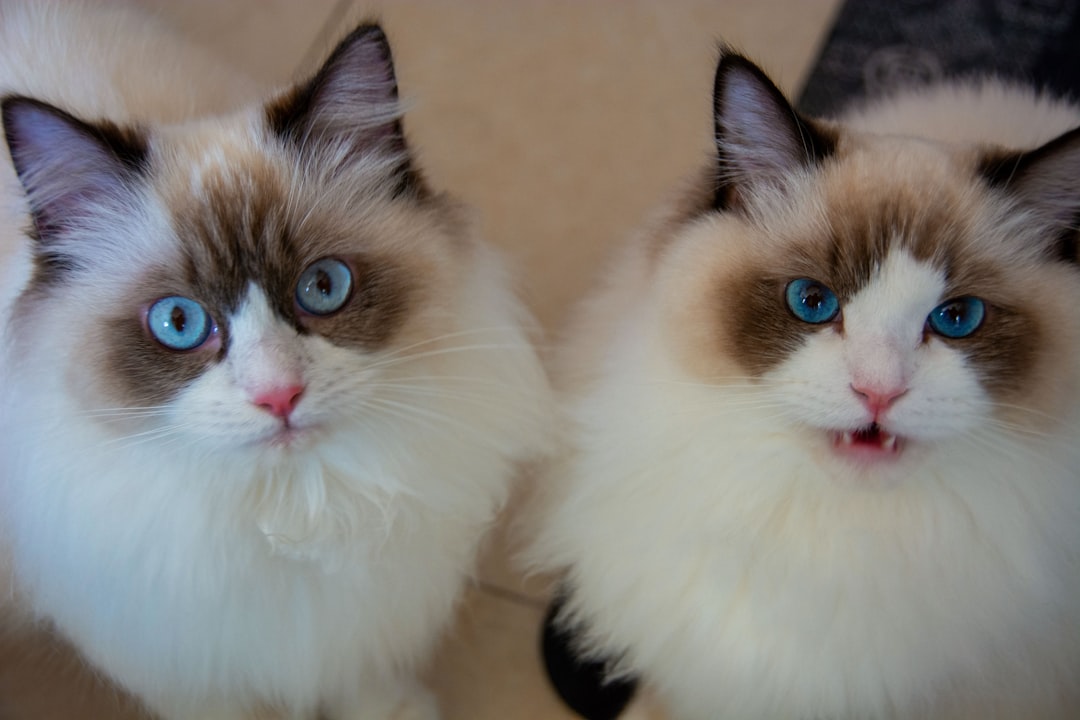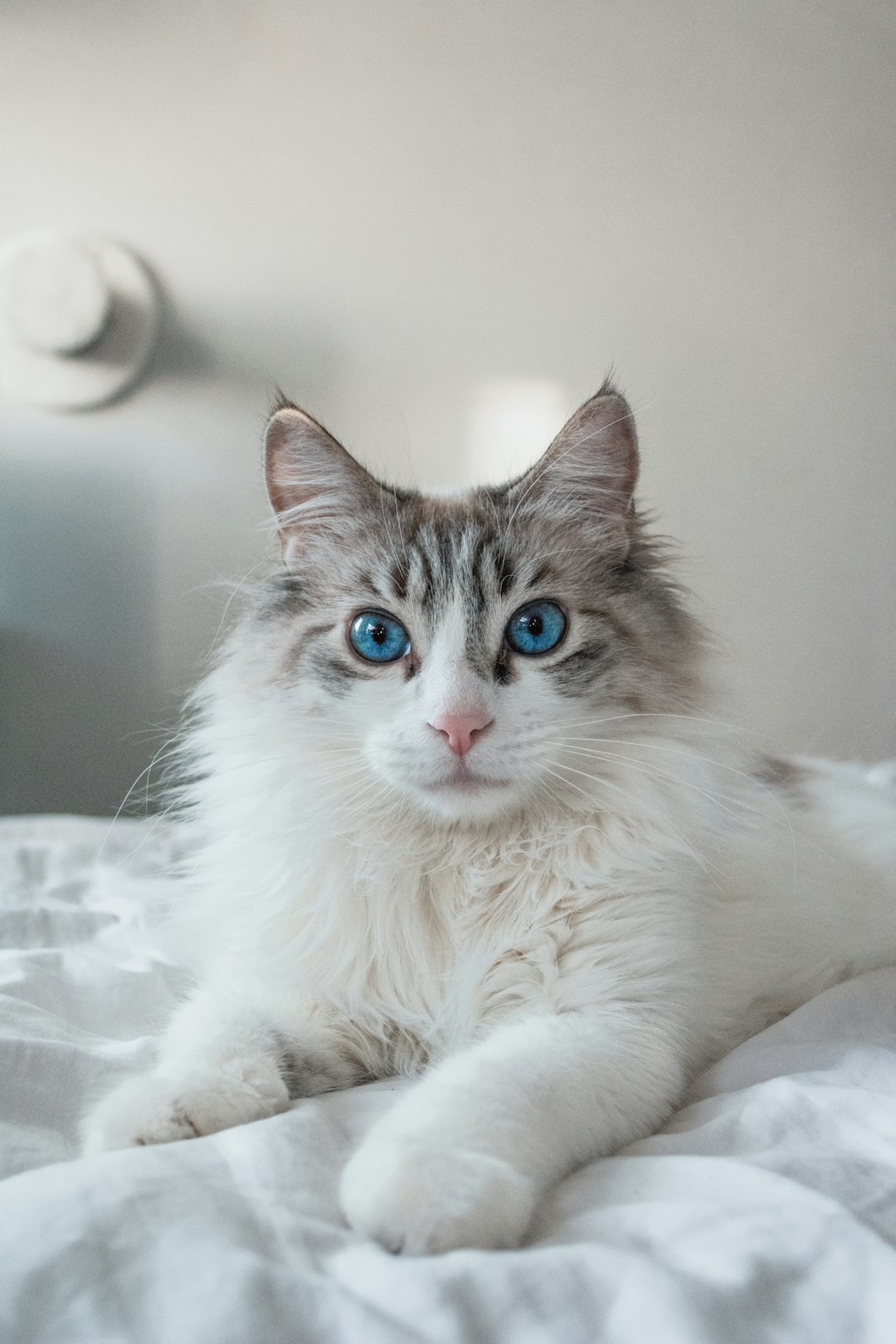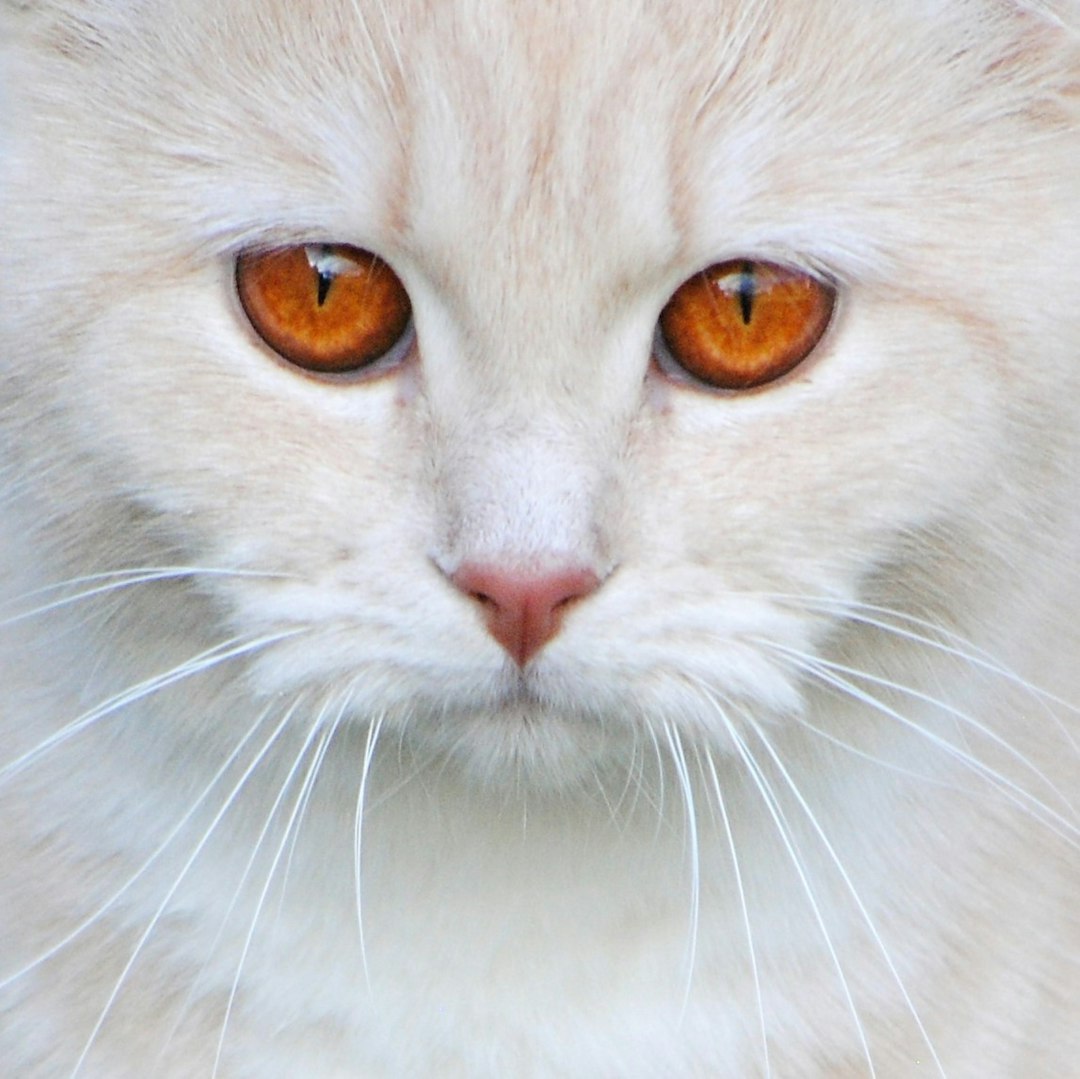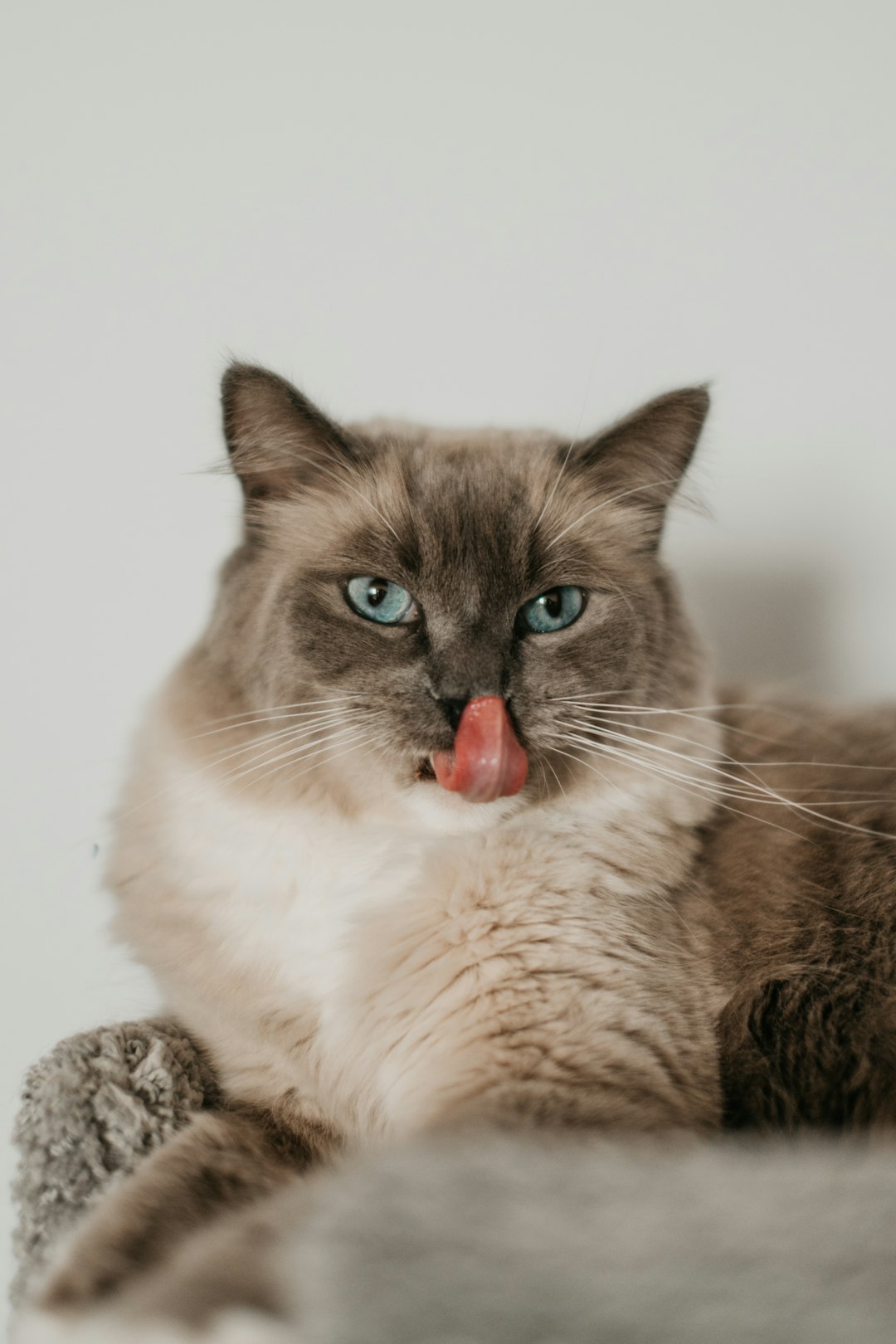Grey cats have a captivating charm that draws many pet lovers to them. With their striking looks and unique personality traits, these felines not only add beauty to homes but also enrich the lives of their owners. Understanding the characteristics of a grey cat is essential for providing the best care. From their health considerations to dietary needs and grooming tips, learning how to nurture these beloved companions ensures they lead happy and healthy lives. In this post, we will explore the various aspects that make grey cats such enchanting pets.
Understanding the Grey Cat: Breed Characteristics
Grey cats, known for their sleek appearance and striking coat color, exhibit a range of unique breed characteristics. Here are some key traits that define this elegant feline:
Color Variations: Grey cats can have various shades, from light silver to deep charcoal. Their coat may also feature patterns such as tabby, solid, or spotted.
Eye Color: Many grey cats have captivating eye colors, including striking green or bright copper, which enhance their enchanting appearance.
Temperament: Grey cats are often social and affectionate. They tend to form strong bonds with their owners, enjoying both playtime and cuddling.
Intelligence: Most grey cats rank high in intelligence. They are quick learners and often display a curious and playful nature.
Comparing Grey Cat Breeds
| Breed | Size | Temperament | Lifespan |
|---|---|---|---|
| Russian Blue | Medium | Gentle, social | 15-20 years |
| Chartreux | Medium | Affectionate, playful | 12-15 years |
| British Shorthair | Large | Calm, easygoing | 12-20 years |
In summary, understanding the characteristics of grey cats helps you appreciate their unique qualities and nurture a lasting relationship with them.

Common Traits of Grey Cats
Grey cats are known for their stunning, diverse appearances and captivating personalities. Here are some of the most common traits that define these beloved felines:
Variety of Shades: Grey cats can exhibit a range of grey hues, from light silver to deep charcoal. Some may even have a bluish tint.
Coat Patterns: Many grey cats display unique coat patterns, such as:
- Solid
- Tabby (striped or spotted)
- Tortoiseshell (with patches of different colors)
Eyes: Grey cats often have striking eye colors, including green, amber, and gold, which contrast beautifully against their fur.
Temperament: Generally, grey cats are known for their affectionate and sociable nature. They are often playful and enjoy interactive playtime.
Intelligence: This breed tends to be quite clever and can be trained for simple commands or tricks.
| Trait | Typical Characteristics |
|---|---|
| Coat Colors | Light grey to deep charcoal |
| Patterns | Solid, tabby, tortoiseshell |
| Eye Colors | Green, amber, gold |
| Temperament | Affectionate, sociable, playful |
| Intelligence | Quick learners |
These traits contribute to the unique allure of the grey cat, making them a favorite among cat enthusiasts.
Popular Grey Cat Breeds
When it comes to grey cats, several breeds stand out for their stunning coats and unique personalities. Here are some of the most popular grey cat breeds you might consider:
Russian Blue
- Coat: Dense, plush double coat; beautiful shimmering hue.
- Personality: Affectionate yet reserved; great companions.
British Shorthair
- Coat: Short, dense, and velvety; requires minimal grooming.
- Personality: Easygoing, playful, and adapts well to families.
Chartreux
- Coat: Water-resistant and woolly; comes in a stunning slate-grey color.
- Personality: Gentle and intelligent; known for their hunting skills.
American Shorthair
- Coat: Short and robust; often has a classic tabby pattern, but grey variants are common.
- Personality: Easy to train; sociable and playful.
Nebelung
- Coat: Semi-long, soft and silky; vibrant blue-grey.
- Personality: Curious and active; enjoys human interaction.
These breeds showcase the diverse traits of grey cats, making them lovely companions for various lifestyles. When choosing a grey cat, consider both looks and temperament to find the best match for you!
Health Considerations for Grey Cats
When caring for a grey cat, it’s essential to be aware of potential health issues that may arise. Generally, grey cats can be healthy, but some breeds might be predisposed to specific conditions. Here are key health considerations:
Genetic Disorders: Certain grey cat breeds, like the Russian Blue, can be prone to specific genetic conditions. Regular health screenings can help detect these early.
Weight Management: Grey cats can easily gain weight, leading to obesity-related issues such as diabetes and joint problems. Monitor their diet and engage them in play.
Dental Health: Dental disease is common in cats. Ensure regular teeth brushing and professional cleanings to prevent periodontal disease.
Regular Vet Check-ups: Schedule annual veterinary visits to keep vaccinations up-to-date and perform necessary exams.
Watch for Symptoms: Pay attention to subtle signs of discomfort, like changes in appetite or energy levels, as these can indicate health issues.
In summary, understanding these health considerations ensures your grey cat leads a fulfilling and healthy life. Regular care and attention will help you enjoy many happy years together.

Dietary Needs of Grey Cats
When it comes to ensuring your grey cat thrives, a well-balanced diet is essential. Here are key dietary considerations for your feline friend:
High-Quality Protein: Grey cats require protein-rich diets to support their muscle health. Look for cat food that lists real meat as the first ingredient.
Healthy Fats: Essential fatty acids contribute to a shiny coat and overall health. Fish oil or chicken fat can be beneficial.
Moderate Carbohydrates: While grey cats need some carbohydrates for energy, choose options that come from whole grains rather than fillers.
Hydration: Always provide fresh water. Consider incorporating wet food into their diet to boost moisture intake.
Comparison of Food Types:
| Food Type | Protein Content | Moisture Content | Benefits |
|---|---|---|---|
| Dry Cat Food | Moderate | Low | Convenient, dental health |
| Wet Cat Food | High | High | Hydration, palatability |
| Raw Cat Diet | Very High | Variable | Natural diet, bone health |
Understanding these dietary needs helps keep your grey cat healthy and happy. Regularly consult with your veterinarian to tailor your grey cat’s diet based on their specific health requirements and lifestyle.
Grooming Tips for Grey Cat Owners
Proper grooming is essential for maintaining the health and beauty of your grey cat. Here are some key tips to ensure your feline friend stays clean and comfortable:
Brushing:
- Brush your grey cat at least 2-3 times a week to prevent matting and reduce shedding.
- Use a slicker brush or a comb designed for their coat type.
Bathing:
- Regular baths are not generally necessary but can be done every few months using a mild cat shampoo.
- Make sure to thoroughly rinse to avoid residue that could irritate their skin.
Ear Cleaning:
- Check your grey cat’s ears weekly for dirt and wax buildup.
- Wipe gently with a soft cloth or a vet-approved ear cleaner.
Nail Trimming:
- Trim your cat’s nails every 1-2 weeks. Keep an eye on the quick to avoid hurting your pet.
Dental Care:
- Brush your grey cat’s teeth regularly using a toothbrush and toothpaste designed for cats.
By incorporating these grooming tips into your cat care routine, you will ensure your grey cat remains healthy and happy!
Creating a Safe Environment for Grey Cats
Creating a safe environment for your grey cat is essential for their well-being and happiness. Here are some effective ways to ensure your home is a safe haven for your furry friend:
- Designate Safe Spaces: Provide quiet, comfortable areas where your grey cat can retreat when feeling stressed or overwhelmed. Cozy beds and hideaways can make a big difference.
- Secure Hazards: Keep potentially harmful items, such as toxic plants and small objects, out of reach. Grey cats are naturally curious, so it’s crucial to minimize risks.
- Window Screens: Install secure screens on windows to prevent your grey cat from escaping or falling. They enjoy lounging by the window, but safety comes first.
- Safe Play Zones: Create play areas with cat toys, scratching posts, and climbing structures. This ensures your grey cat remains mentally and physically stimulated.
- Avoid Small Spaces: Block access to tight areas where they could get stuck. Check behind appliances and furniture since these spaces can pose dangers.
By implementing these tips, you’ll ensure a safe and enjoyable environment for your beloved grey cat, allowing them to thrive and feel secure in their home.

The Importance of Regular Veterinary Check-Ups
Owning a grey cat comes with the delightful responsibility of ensuring their health and well-being. Regular veterinary check-ups play a crucial role in this process. Here’s why:
Early Detection: Regular visits allow vets to catch potential health issues early. This can be especially important for grey cats, as some breeds may be predisposed to specific health conditions.
Routine Vaccinations: Keeping up with vaccinations protects your grey cat from preventable diseases. Discuss a vaccination schedule with your vet to ensure optimal protection.
Weight Monitoring: Completing a weight assessment during check-ups helps maintain your grey cat’s ideal body condition. Obesity can lead to various health complications.
Dental Care: Regular check-ups allow for dental exams, which are vital. Poor dental hygiene can lead to serious health issues for your grey cat.
Overall, scheduling consistent veterinary visits ensures your grey cat remains happy and healthy. Make it a priority, and enjoy many joyful years together!
Frequently Asked Questions
What are the common traits of grey cats?
Grey cats can exhibit a variety of traits, but they are often known for their calm demeanor, intelligence, and affectionate nature. Many grey cats, regardless of breed, can have striking yellow or green eyes that create a stunning contrast against their sleek fur. They are typically social animals and thrive on companionship, whether with humans or other pets. Additionally, they might display varying levels of energy, with some being playful and active while others prefer a more laid-back lifestyle.
How should I care for a grey cat?
Caring for a grey cat involves meeting their basic needs for nutrition, health, and companionship. Provide a balanced diet that is suitable for their age and health condition, ensuring they have access to fresh water at all times. Regular veterinary check-ups are crucial to monitor their health and prevent diseases. Grooming is also important, especially for long-haired breeds, to prevent matting and reduce shedding. Additionally, ensure they have plenty of playtime and mental stimulation to keep them happy and engaged.
Do grey cats have any special grooming needs?
Grey cats can have varying grooming needs depending on their coat type. Short-haired grey cats usually require less grooming, potentially just a weekly brushing to remove loose hair and dirt. However, long-haired grey cats will need more frequent grooming—ideally several times a week—to prevent tangles and mats. Regular grooming sessions not only keep their coat looking its best but also offer a bonding experience between the cat and owner. Nail trimming and dental care should also be part of their grooming routine.
Are grey cats more prone to any specific health issues?
Grey cats, like any other cats, can be prone to certain health issues, but specific health problems aren’t directly related to their coat color. However, some breeds that often have grey coats, like the Russian Blue, may have a higher propensity for specific genetic conditions. Regular check-ups with a veterinarian can help catch potential health issues early. Common concerns for all cats include obesity, dental problems, and chronic conditions like diabetes or kidney disease, making routine care and monitoring crucial.



